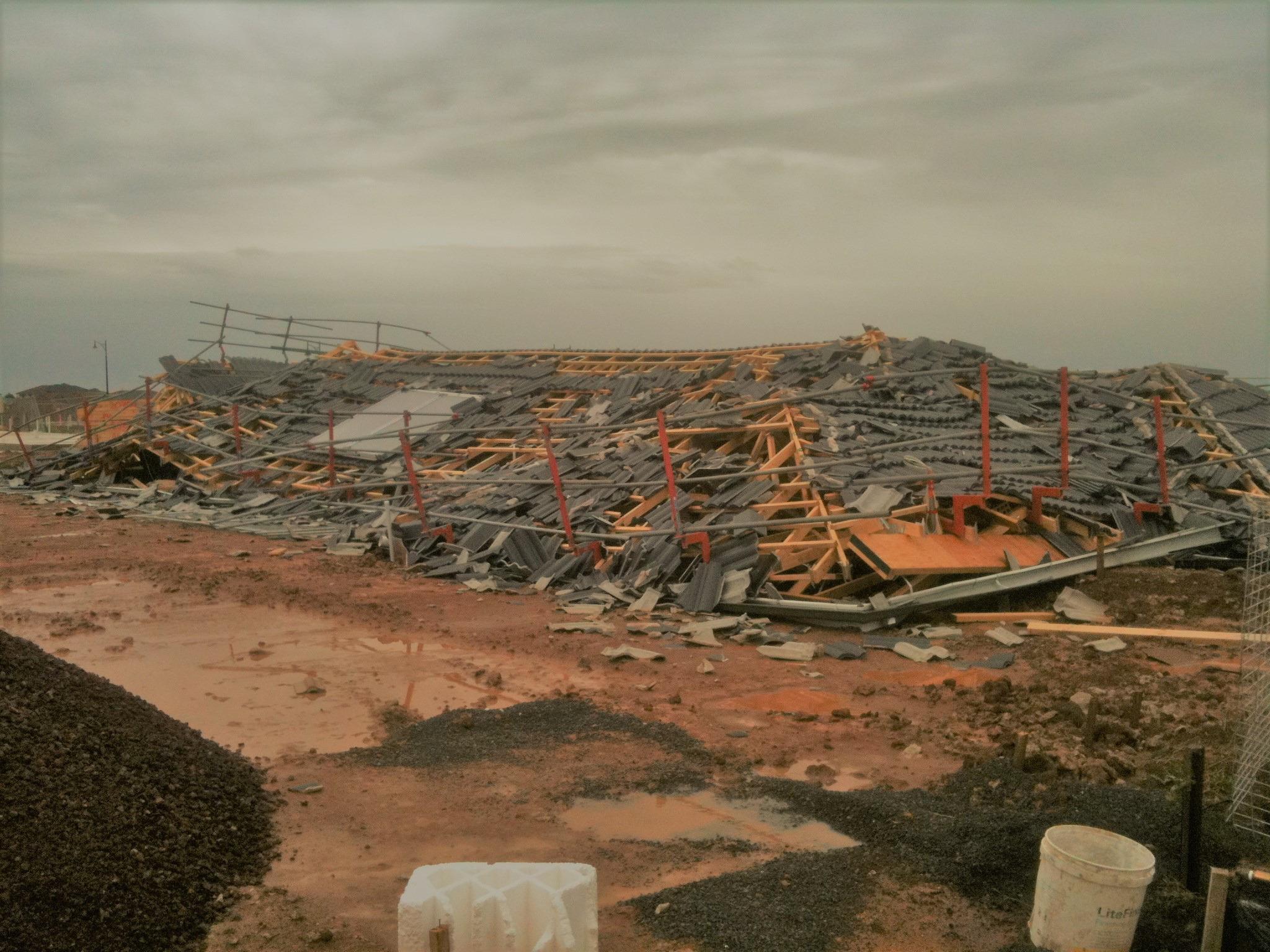
2 minute read
How not to organise a public protest
from 2017-12 Melbourne
by Indian Link
BY RAJNI ANAND LUTHRA
Let’s get this straight: citizens in a democracy have the right to air their grievances and be heard by relevant authorities (example Section 17 of the Australian Constitution and Article 19 of the Indian Constitution).
But the Indian community in Australia have been shocked this month at an unseemly protest targeted at the Indian High Commissioner Dr AM Gondane in Melbourne. That the unfortunate incident occurred at a place of worship was even more dismaying.
The episode, which took place at Gurudwara Saheb Tarneit at Melbourne on 18 November, was captured on a video which has now gone viral.
It shows the High Commissioner cornered at the entrance to the Gurudwara and shouted at by a group of men scrambling over each other, and raising slogans. Dr Gondane heard them out patiently and tried to pacify
Punjab earlier this month. It appears that no prior representations about the grievance were made to the High Commission by the protesting group.
In a dignified response, the High Commissioner downplayed the issue but clarified that his office is open to hearing complaints from Indian citizens living here.
So, how should you lodge a protest with the Indian High Commission if you have a grievance? You can write to the High Commission, email them or contact via social media. Indian missions also accept complaints in person.
If you want to do it personally, it’s best to check first. Missions will determine which officer you could talk to, based on the nature of your complaint.
Gondane said that unlike many other missions, the Indian mission is not closely guarded at the gates. So, small groups are welcome into the office, but for larger groups, the High Commissioner or someone representing him can come out and meet them.
In the recent past the High Commission and the Consulates have dealt with grievances of all kinds brought in by citizens.
Only recently there have been
Bengal, for instance. These are passed on to the relevant Indian authorities and departments and the High Commissioner takes pains to follow up.
If it is a grievance that can be sorted out here such as with VFS, for example, it can be looked into straight away.

If you do want to take your protest up to a higher level such as organising a picket or a march or a rally - and you have the right to - remember there are procedures that need to be followed. These include lodging a complaint first up, and letting the authorities know beforehand. And perhaps, picking one of your group as lead communicator, and trying not to ambush a government official at out-of-office hours.
Placards? Sure. Use them to raise awareness with the general public. Make them catchy; come up with a slogan if you want. But a large, wordy placardwritten in Punjabi - brandished outside the Indian Consulate on St Kilda Road, might not exactly cut it.
Just like a procession of fast cars revving up outside the Indian Consulate on Castlereagh St in Sydney’s CBD on India’s Independence Day.
So, feel free to protest if you feel strongly about an issue as long as - and we’ll let Dr Gondane have the last word here - “civil decency is maintained throughout.”









